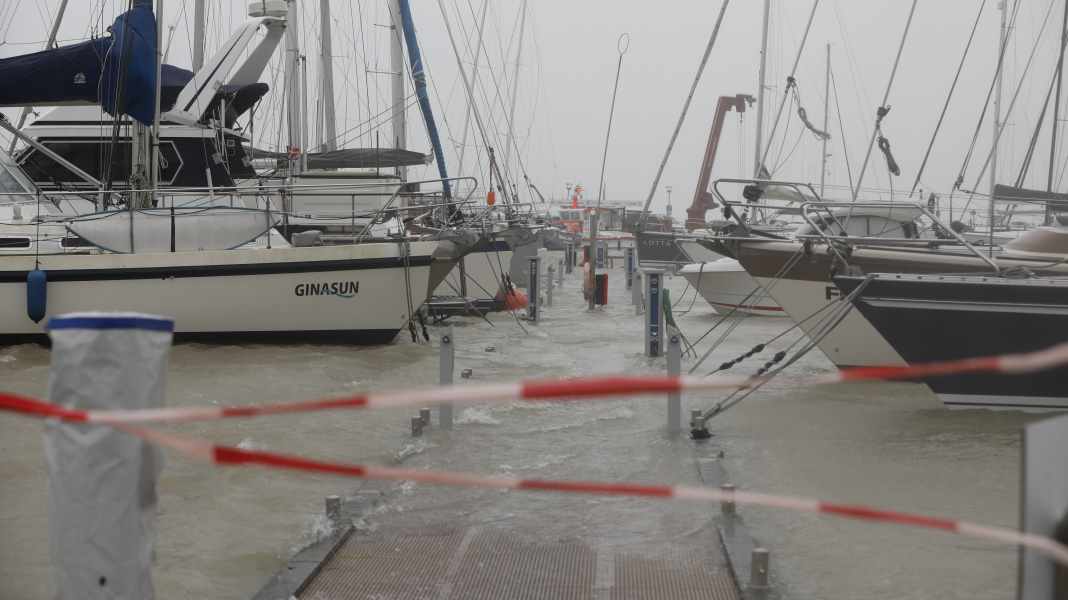
The Baltic Sea is getting warmer and warmer. Good news for swimmers, bad news for sailors? It's not quite that simple. We asked weather expert Sebastian Wache for his assessment. According to him, the Baltic Sea is two to three degrees warmer than normal for the time of year. However, not everywhere; temperatures are particularly high in the southern and eastern Baltic Sea. On large parts of the German coasts, the water temperatures are still within the normal range at 17 to 18 degrees Celsius. Nevertheless, the average temperature has already risen by two degrees over a long period of several decades.
A mild autumn can also have advantages, as it even extends the season for sailors. Even in October, there are still more and more days with very pleasant temperatures. However, the negative consequences are all the more dramatic. According to Wache, the catastrophic heavy rainfall and flooding events in southern Europe show what higher water temperatures also mean: This year, the Mediterranean made a name for itself with ever new temperature records. Even now, the water temperatures are still four to five degrees above normal for the time of year. High water temperatures mean that a lot of seawater evaporates. The air is extremely humid and rich in energy. If a cold front comes along, this leads to heavy rain and lots of wind. The greater the temperature difference between the cold front and the water, the more devastating the consequences.
Baltic Sea: Storms with higher intensity
In simple terms, weather experts say that warm air can absorb more moisture, which results in more energy and therefore stronger storms. This is just as true for northern Germany and the North and Baltic Seas as it is for the Mediterranean region. "The low-pressure areas meet increasingly warmer water with cold air masses and are often stronger than they were 30 or 40 years ago," says Wache. The rise in water temperatures is therefore not generally causing more storms, but the intensity is increasing. This means higher wind speeds and more rain.
Climate change is also affecting the weather for sailors. Although the higher temperatures are also causing sailors on the North Sea and Baltic Sea to leave their boats in the water for longer and longer, this can also have fatal consequences, as with the Baltic Sea floods in autumn 2023. At the turn of the year 2023/24, the effects of high water temperatures were also evident in extremely high rainfall and flooding in Lower Saxony. Here, warm (and humid) air masses from the south at the front of the low-pressure system met cold air from Scandinavia at the rear, resulting in extremely heavy rainfall for days on end. The boats were all ashore by then. With a view to the coming autumn, however, strong autumn storms can be expected again. "The world's oceans are getting warmer and warmer, which is bad for nature and people," says weather expert Wache.
